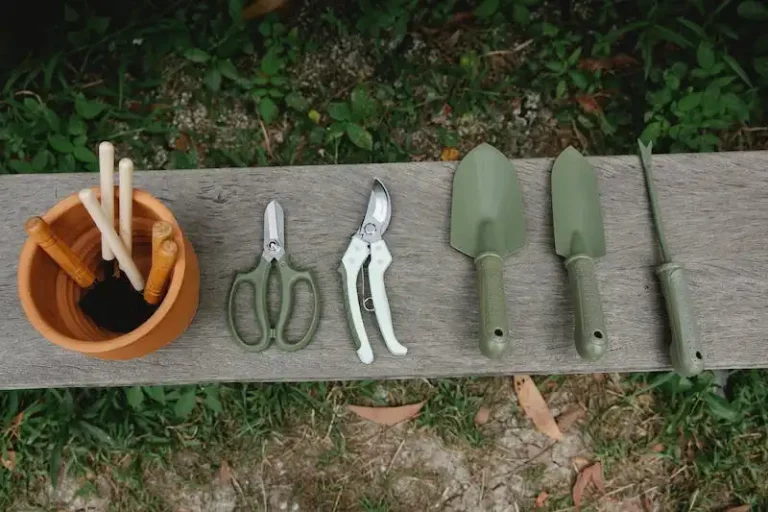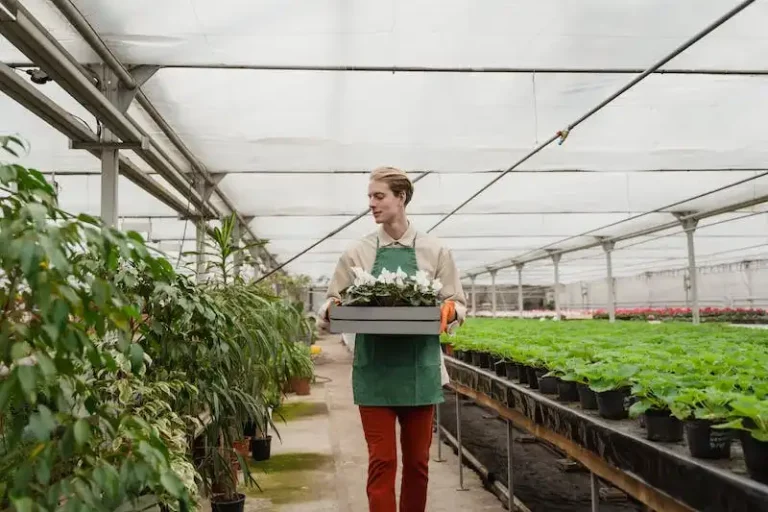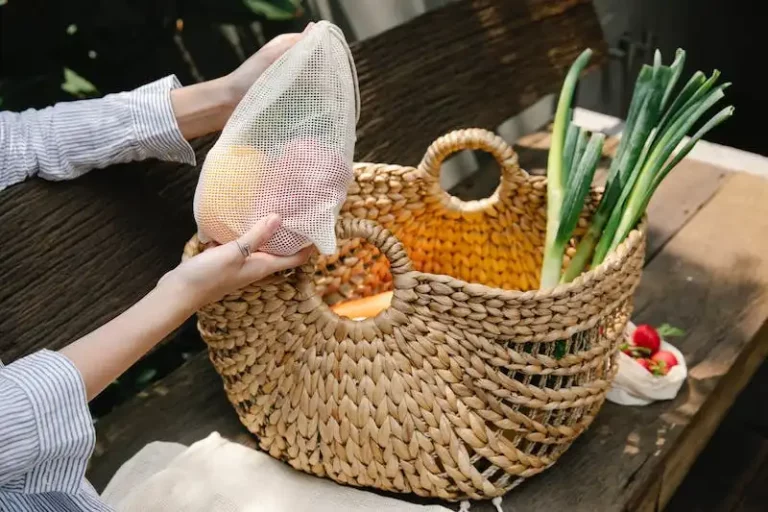Many gardeners wonder whether it’s possible to grow an apple tree from a seed. The short answer is yes, you can grow an apple tree from a seed, but it’s not as simple as just planting a seed and waiting for a tree to sprout. There are several important steps and considerations to keep in mind.
Firstly, it’s important to understand that the apple variety you’re trying to grow may not come true from seed. This means that the tree that grows from the seed may not produce the same type of apples as the parent tree. Apple varieties are typically created by grafting, which is a method of joining the branches of one tree, called the scion, to the rootstock, the lower part of the tree that provides the roots. Grafted apple trees are known for their consistent and high-quality fruit.
If you still want to grow an apple tree from a seed, you’ll need to prepare the seeds for planting. This involves harvesting the seeds from ripe apples, washing and drying them, and then stratifying them in the refrigerator for a period of time. This chilling period simulates winter conditions and helps to break the seed dormancy. After the chilling period, the seeds can be planted in pots or directly in the ground in spring.
It’s worth noting that growing apple trees from seed can be a bit of a gamble. As mentioned earlier, the resulting tree may not produce the same type of apples as the parent tree, and it can take several years before the tree starts fruiting. Additionally, apple trees grown from seed may not have the desirable traits of dwarfing rootstocks, which can limit the size of the tree and make it more suitable for home gardens.
In conclusion, while it is possible to grow an apple tree from a seed, it is not the most reliable or efficient method. If you’re looking for a successful and productive apple tree, grafting or purchasing grafted trees from a reputable nursery is the recommended approach. However, if you’re willing to take the time and patience, growing an apple tree from a seed can be a rewarding experience, especially if you’re interested in experimenting with different apple varieties or creating something entirely unique in your garden.
How to grow apples
Growing apples can be a rewarding experience, whether you have a large orchard or just a small backyard. Here are some steps to help you successfully grow your own apple trees:
1. Choosing the right apple tree: When selecting an apple tree, you have the option of buying a potted tree or growing one from a seed. Apple trees grown from seeds take longer to bear fruit, so most people prefer buying established trees from a nursery. Choose a tree that is suitable for your climate and has the desired flavor and size.
2. Planting apple trees: Apple trees should be planted in early spring when the soil is workable. Choose a spot with full sun and well-drained soil. Dig a hole twice as wide and deep as the tree’s root system. Mix some sand with the soil to improve drainage. Place the tree in the hole and backfill with soil, making sure it is firmly packed.
3. Grafting: If you prefer to grow your own apple trees from seed, grafting is the way to go. Grafting involves joining a piece of fruiting wood, named a scion, to a rootstock. This method ensures that the tree will produce the same variety of apples as the scion. Grafted trees are also more disease-resistant and have a stronger root system.
4. Care and maintenance: Apple trees require regular care to thrive. Water the tree thoroughly, especially during dry periods. Stake the tree to provide support and protection. Prune the tree in late winter or early spring to maintain its shape and remove any diseased or damaged branches. Apply a balanced fertilizer in early spring and again in late spring to promote healthy growth.
5. Harvesting: Apples are typically ready to harvest in late summer or early fall, depending on the variety. To determine if an apple is ready to be picked, gently twist it. If it comes off easily, it is ripe. Be sure to harvest apples before the first frost.
6. Problem-solving: Growing apple trees can have its challenges, but with proper care and attention, most issues can be solved. Common problems include pests, diseases, and fruit drop. Consult a professional or research online to find the best solutions for specific issues you may encounter.
Growing your own apples can be a fun and satisfying project. Whether you have acres of land or just a few pots, following these steps will help you enjoy delicious homegrown apples in no time.
Which apple rootstock
When it comes to apple trees, choosing the right rootstock is vital for post-planting success. The rootstock determines the size and shape of the tree, as well as its overall health and productivity.
There are several commonly used apple rootstocks, each with their benefits and considerations. The choice of rootstock depends on your specific needs and preferences.
Semi-Dwarf Rootstock
One popular rootstock is the semi-dwarf rootstock, which produces trees that are smaller and easier to manage. They are particularly popular among home gardeners who have limited space or want to have multiple apple tree varieties in a small area.
Semi-dwarf rootstocks, such as the Stark series, are known for their well-established root systems, producing trees that are more drought-tolerant and can better handle heavy fruit loads.
Dwarf Rootstock
The dwarf rootstock is even smaller than the semi-dwarf. These trees are excellent choices for those with limited space or who want to grow apple trees in containers. Dwarf rootstock trees can be easily planted and are known for producing dwarf-size apples.
Gardeners often choose dwarf rootstock to solve specific problems, such as planting in poor soil conditions or for easier pruning and harvesting.
Standard Rootstock
If you have plenty of space and do not mind a larger tree, the standard rootstock is a great option. Standard trees can reach their full size potential and are typically grafted onto seedling rootstocks.
Standard apple trees are generally more vigorous and can be more successful in harsh conditions, especially in areas with heavy clay soils or cold winters.
Tips for Choosing Rootstock
- Consider your space limitations. If you have a small yard or want to grow apples in containers, choose a dwarf or semi-dwarf rootstock.
- If you have plenty of space and prefer larger apple trees, opt for a standard rootstock.
- Take into account your garden’s specific conditions. Some rootstocks are better suited for heavy soils, while others perform well in sandy or clay soils.
- Consider the apple varieties you plan to grow. Different varieties have different rootstock preferences.
- Consult with local experts or nurseries for specific recommendations for your region.
- Research the characteristics of different rootstocks to find the best fit for your needs and climate.
Remember, selecting the appropriate rootstock is just one step in the process of growing apple trees successfully. Proper care and maintenance, including providing adequate moisture, controlling pests and diseases, and pruning, are also essential for the healthy growth and productivity of your apple trees.
When to plant apple trees
Planting apple trees is about more than just finding a spot with plenty of sunlight; timing is also crucial. To have the best chance of a successful harvest, it’s important to plant your apple trees at the right time.
The best time to plant apple trees is in early spring, before the buds begin to break. This allows the tree to establish its root system before the full growing season begins. It’s also important to consider the climate in your area and avoid planting when frost is still a possibility.
Before planting, prepare the soil thoroughly. Clear the area of any grass or weeds, and dig a hole that is wide and deep enough to accommodate the tree’s root system. You may also need to stake the tree to provide support during its early growth.
When planting a grafted tree, make sure the graft union (the swollen area where the scion and rootstock meet) is about 2 inches above the soil level. If you’re planting a tree from a seed, it could take several years before it starts to produce apples. To speed up the process, some growers use a technique called budding, where a bud from a known variety of apple tree is grafted onto a rootstock.
After planting, water the tree thoroughly and mulch around the base to help retain moisture and suppress weed growth. Keep the soil evenly moist, but be careful not to overwater, as this can lead to root rot. Regularly inspect the tree for any signs of pests or diseases, such as ants or apple scab, and take appropriate steps to solve the problem if necessary.
It’s important to note that apple trees are not self-pollinating, which means you’ll need to plant at least two different varieties in order to ensure proper pollination and fruit set. Some apple varieties are also better suited for specific climates and soil conditions, so do your research before choosing which ones to plant.
Once the apples are ripe and ready to be harvested, it’s time to enjoy the fruits of your labor. Store them in a cool, dark place to help them last longer, and use them in a variety of delicious recipes. Whether you’re a seasoned gardener or just starting out, growing apple trees can be a rewarding and enjoyable experience.
How to plant apple trees
Planting an apple tree can be a rewarding experience, especially if you are passionate about gardening. Here is a step-by-step guide on how to plant apple trees:
Step 1: Obtaining permission
Before planting an apple tree, make sure you have the necessary permission to do so. Check with your local authorities or landowner to ensure that you are allowed to plant trees on the desired location.
Step 2: Selecting a suitable spot
You need to find a suitable spot to plant your apple tree. Apple trees thrive in full sun, so choose a location where they can get at least 6-8 hours of direct sunlight each day. The soil should be well-draining, rich in organic matter, and have a pH level between 6.0 and 7.0.
Step 3: Choosing the right apple variety
There are many apple tree varieties available, each with its own unique flavor, texture, and growing requirements. Select a variety that is suitable for your climate and matches your taste preferences. Consult local gardeners or experts for recommendations.
Step 4: Planting the apple tree
Now that you have chosen a suitable spot and apple variety, it’s time to plant the tree. Follow these steps:
– Dig a hole that is wider and deeper than the root system of the apple tree seedling.
– Place the apple tree seedling in the hole, making sure the bud union (the swollen area where the scion and rootstock are grafted together) is 2-3 inches above the soil line.
– Fill in the hole with soil, gently firming it around the roots to eliminate air pockets. Water the tree thoroughly.
– Stake the seedling if necessary to provide support during its early growth.
Step 5: Post-planting care
After planting your apple tree, it requires proper care to ensure successful growth and fruit production. Here are some crucial care tips:
– Water your apple tree regularly, especially during the first year. Keep the soil consistently moist, but not waterlogged.
– Apply a layer of mulch around the base of the tree to conserve moisture, suppress weed growth, and regulate soil temperature.
– Prune the apple tree regularly to promote proper shaping, remove damaged or diseased branches, and stimulate new growth.
– Fertilize the tree as needed with a balanced fertilizer specifically formulated for fruit trees.
By following these steps and providing proper care, your apple tree will grow into a healthy, productive tree that produces delicious fruit!




